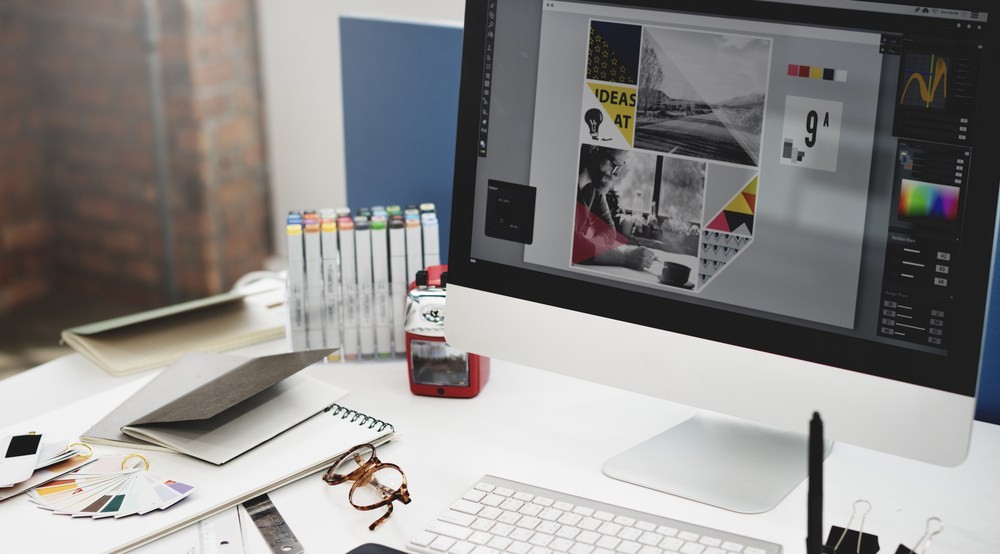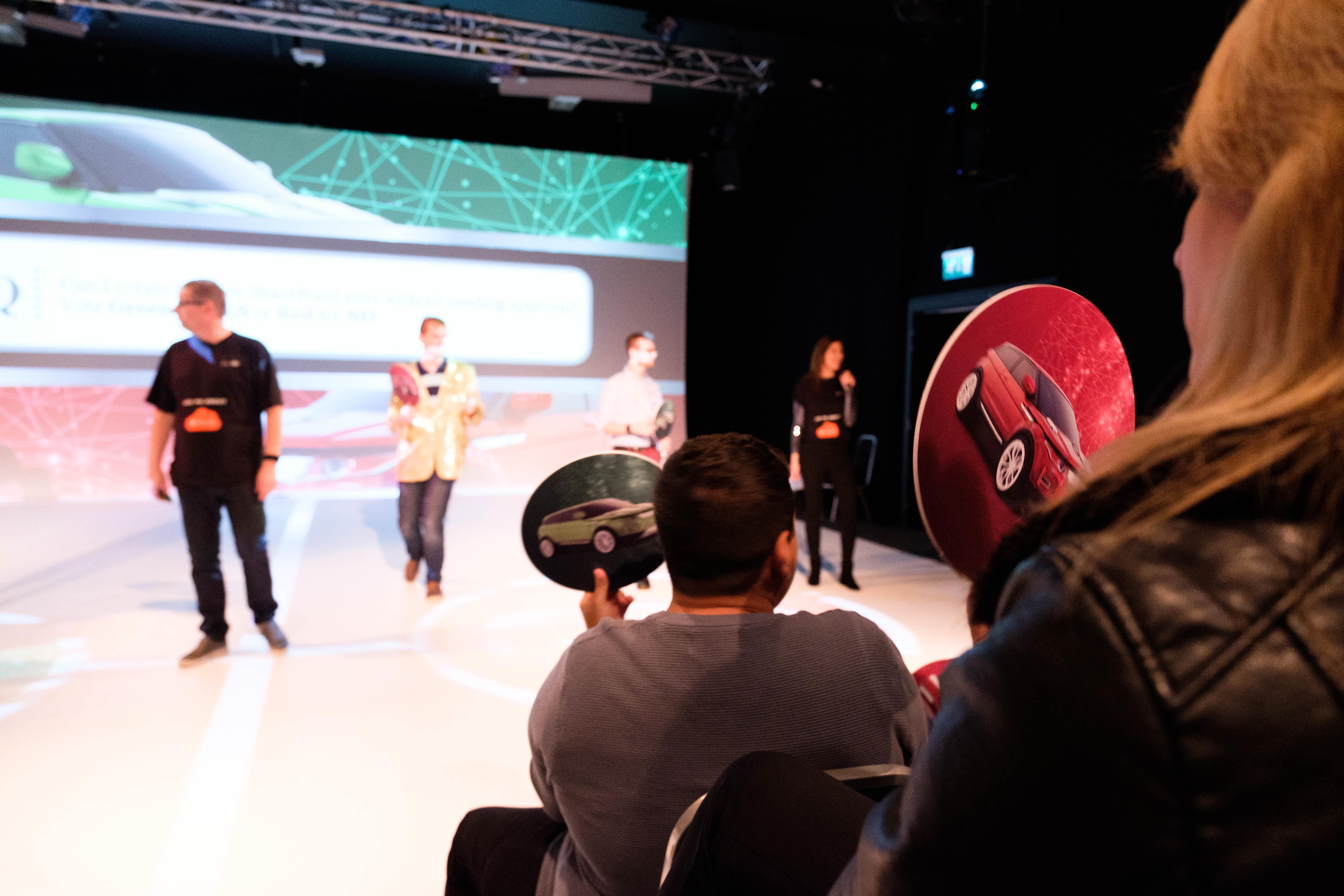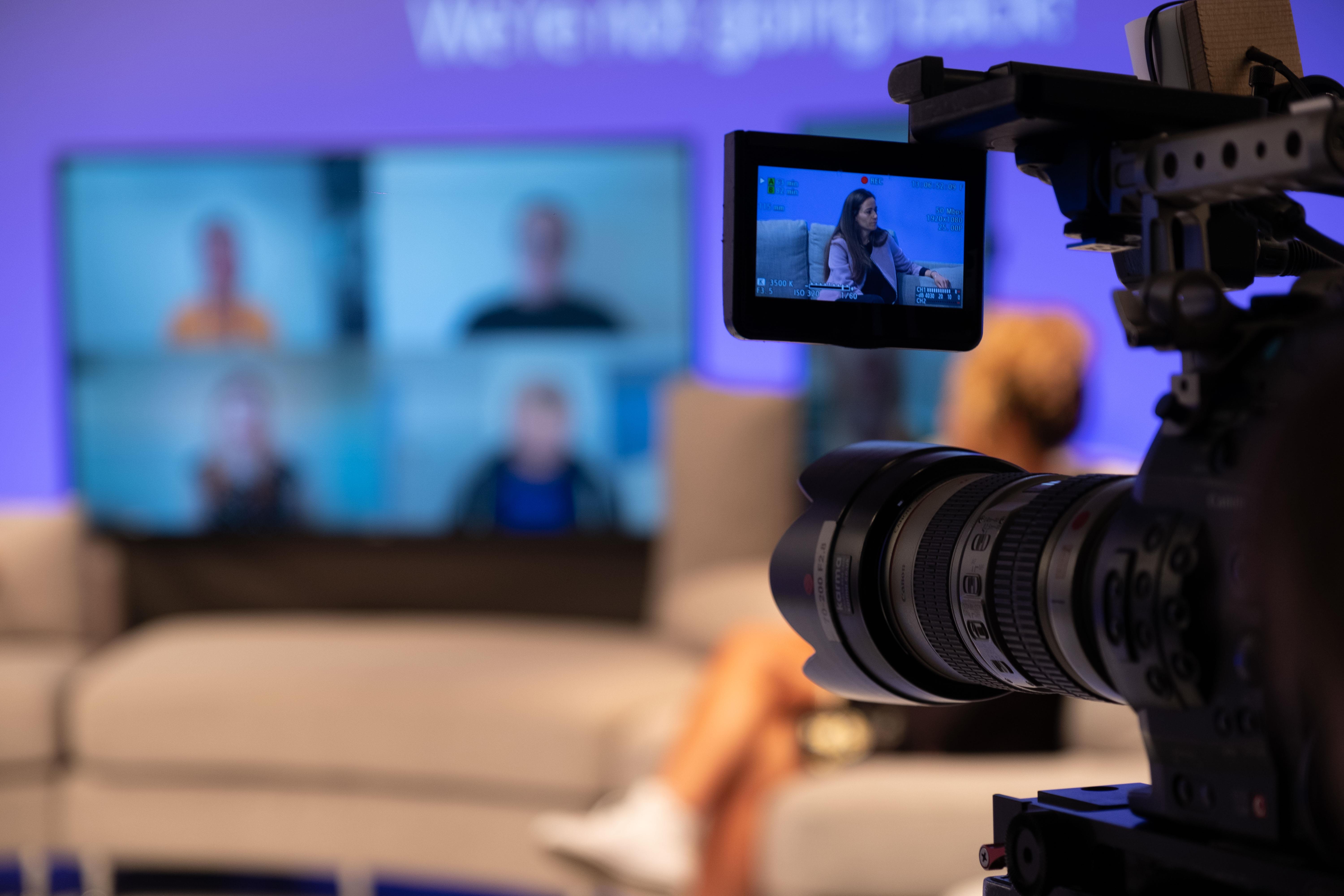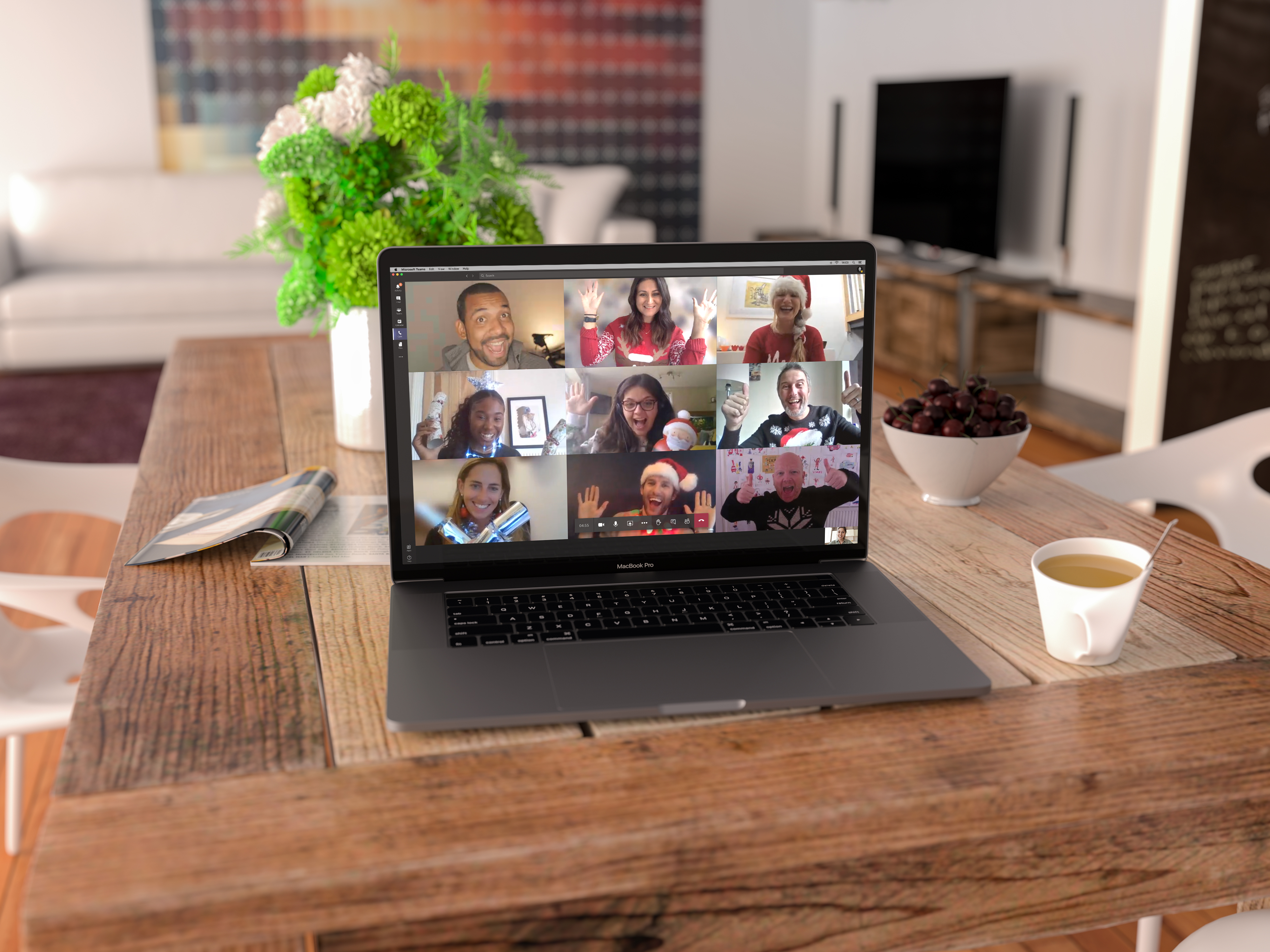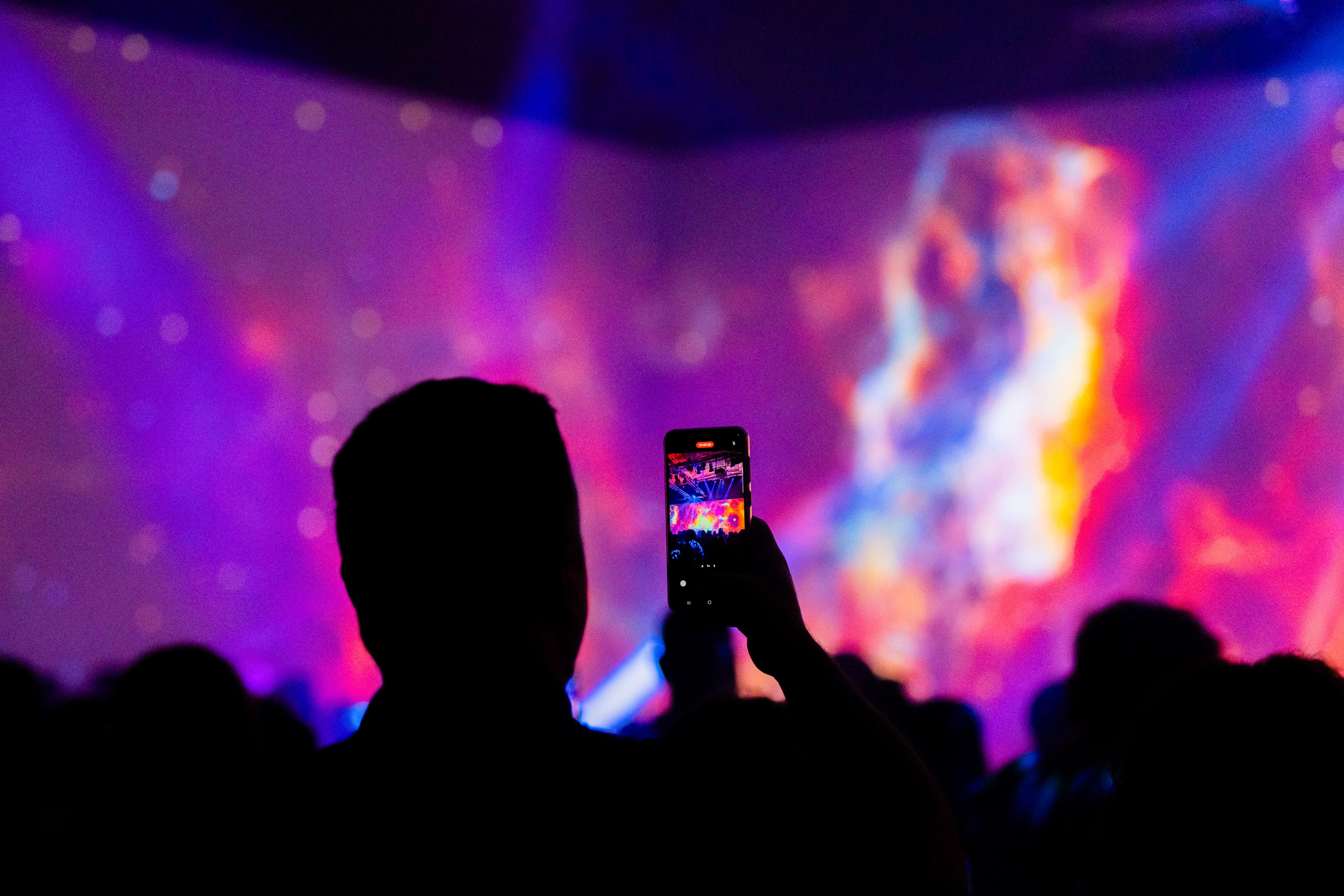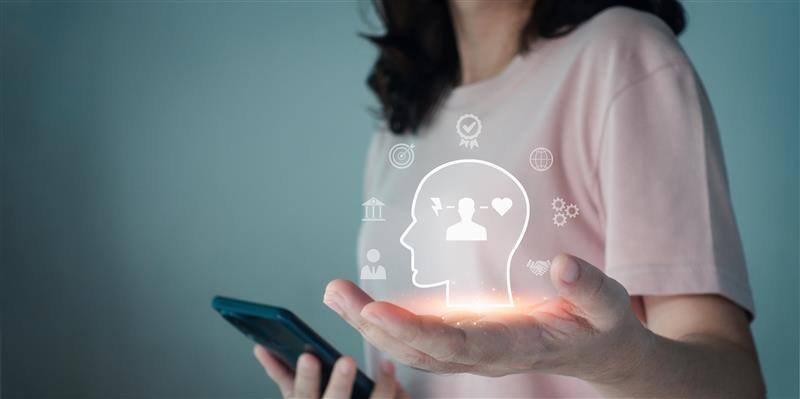As we enter a period of crisis, challenges around communicating to our audiences are coming thick and fast. First, large gatherings became impossible. Soon the vast majority of the global workforce was asked to stay at home if possible, then came the news of the closure of schools in the UK leaving many asking how they can deliver a day’s work with a hyperactive two-year-old climbing on their back as they write an email to Sarah in finance.
The problem is, despite our challenges, the need to communicate is increasing and not decreasing. Our audiences are in need of far more regular communication than during normal operating conditions. Employees expect to be communicated with 3 x as regularly, minimum. Over half of employees expect daily communications and updates alongside business as usual activities. 77% of employees say sending an email (in times of crisis) does not constitute good leadership or good communication. So where does that leave us? Well the reality is we’re not trying to reinvent wheel, we’re not introducing a new product or service, we’re in fact turning to possibly the most consumed type of content on planet earth at the moment to deal with our issues, broadcast and digital.
Not a day goes by without an invitation to a webinar (effectively a virtual event or live broadcast) – with topics ranging from better selling to workplace wellbeing. The sad fact is many of these presentations just ignore the power of the medium and become very bland if not boring presentations that struggle to hold interest let alone inspire in challenging times
In our ever-changing world with global audiences, disparate work forces and heightened expectations of the media being consumed, a simple death by PowerPoint webinar no longer cuts the mustard.
We cannot expect audiences to sit in front of their device and look at an over complicated slide for several minutes, while a disembodied voice talks in a monotone fashion for anything up to 3 hours (depending on the number of slides of course)! Now that isn't the case with every webinar and while some webinars are extremely well done, many are not, this is where we see engagement levels of webinars drop, not because of the content, generally because of the way they are being presented.
We propose throwing the term "webinar" in the bin. Instead as communicators we should pioneer "virtual events" where we push the boundaries of live communications blended with technology, where we actively engage with our virtual audiences, bringing them into the conversation as much as possible rather than having them as mere spectators.
Audiences are far more savvy and their expectations are higher than ever before, if the content isn't on point or it doesn't look great then the chances are they won’t hang about, or they will simply open another tab or window and listen to the audio.
To really drive engagement it’s important to create something that audiences will actually enjoy watching, my advice would be to look at your live broadcast or virtual event as a mini TV show, incorporating all the disciplines and process that you would come to expect of your favourite TV chat show or TV news.
Check out the recording of our live broadcast sharing best practice for live broadcasting & virtual events:
Top tips for hosting a live broadcast or virtual event:
- It’s vital we should be able to see the presenter and whoever is presenting needs to be in a presentation mode.
- Images should be interesting, relevant and not stay on the screen for too long,
- audience participation is a great way of maintaining engagement, request comments, questions or even images.
- Timing is critical; always leave the audience wanting more (not bored). You would never see a TV chat show run for longer than 1 hour.
- You need to control audience gaze, use a multi device strategy including screen breaks, content delivered on smartphones and tablets, and interactive breakouts that move you away from the screen.
If treating your communication like a TV show it is important to remember the diversity and content that goes into a TV programme to hold the audience. Change spaces and backgrounds, have a variety of speakers, keep the viewers eyes and minds moving. There are many ways to get your audience involved, from live polls to question submissions, get them to send in images that can be shared during the broadcast or why not post something out to them before the scheduled event maybe a task for them to complete and share live images of as they complete during a live break out.
The other string to our bow in this novel scenario is personalisation. While we can design live event content and segment breakout sessions by audience types and needs, some or most of the main content must be one-size-fits-all and appeal to the lowest common denominator. There is an unbelievable amount of skill in content design required to achieve this. In live broadcast scenarios, you needn’t lift a finger. You can stream content to different audiences at different times, making it hyper personalised. You can pre record segments, played out at the same time but only viewable by different regions, job roles or audience type. You can even design different slides to be broadcast at the same time to audiences in a live setting. The possibilities are endless and all that’s needed is decent planning. No more waiting for the presenter to deliver the slides on a flash drive at the 11th hour!
The opportunities are endless and limited only by our imaginations. Another key point to remember is that live broadcasts and events do not have to be instead of or separate to live events. These challenging times will push us to explore the boundaries of the technology available to us, when these are over we should not revert back to our old ways instead maximise the opportunities from blending our live events with virtual ones to make our events more globally inclusive and extend our audience reach even further.


